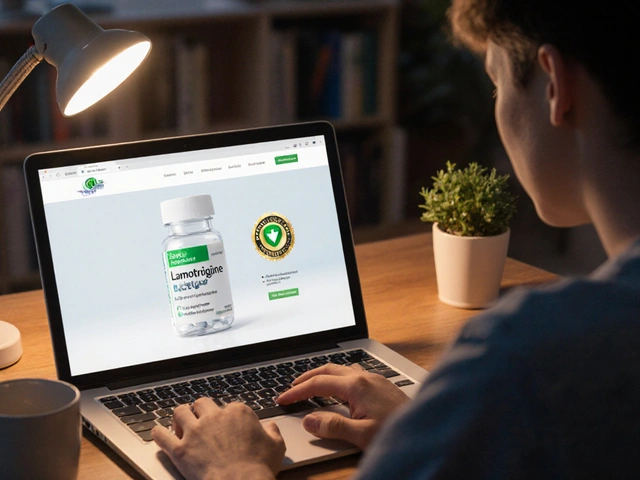Blood Sugar: Simple, Practical Help for Everyday Glucose Control
High or low blood sugar can change how you feel in minutes. If you live with diabetes or just worry about occasional spikes, you want clear steps you can actually use—not jargon. Below are straightforward tips for checking numbers, adjusting habits, and handling medication safely.
First, know how to check. A quick finger-prick meter or a continuous glucose monitor (CGM) gives immediate feedback. Typical targets many clinicians use are fasting about 80–130 mg/dL and under 180 mg/dL two hours after a meal, but your personal goals may differ—ask your health team. Track patterns for a week, not single readings: look for trends after meals, exercise, or sleep.
Food matters, but it’s not all or nothing. Focus on consistent carbs, add fiber and protein to slow sugar rises, and watch portion size. Swap sweet drinks for water or sparkling water, choose whole grains over refined ones, and snack with protein (yogurt, nuts, cheese) instead of sugary bars. Small changes often make the biggest dent in daily swings.
Medication and Blood Sugar
Some drugs directly change glucose; others affect symptoms. Sulfonylureas like glyburide lower blood sugar but raise the risk of hypoglycemia, so timing, dose, and meal consistency matter. If you’re buying diabetes meds online, read our article "Your Guide to Buying Glyburide Online" for tips on spotting reputable pharmacies and avoiding unsafe sellers. Steroids can push blood sugar up, antibiotics sometimes interact, and beta blockers (like metoprolol) may hide the usual warning signs of low sugar—talk to your prescriber about interactions and what to watch for.
Always keep a simple record: time, reading, recent food, and meds. That makes clinic visits far more productive and helps your provider recommend clear changes instead of guesswork.
Practical Checks and When to Act
Know the symptoms: shakiness, sweating, fast heartbeat, confusion for low sugar; extreme thirst, frequent urination, blurry vision for high sugar. Carry fast-acting carbs (glucose tablets, juice) and a glucagon kit if your doctor prescribes one. If readings are consistently very high (for example, over 300 mg/dL) or you have nausea and vomiting, contact your healthcare team—you may need adjustments or ketone testing.
Small habits add up: sleep regularly, keep hydrated, and plan meals around activity. If you take other meds that affect fluids or electrolytes—like spironolactone—pay attention to hydration because dehydration can worsen glucose control; see our hydration tips article for practical hacks.
Want more practical reads? Check our guides such as "Your Guide to Buying Glyburide Online," "Toprol (Metoprolol): Dosage, Uses, Side Effects," and hydration tips for people on certain meds. Read those for safe buying advice, drug interactions, and everyday strategies to keep blood sugar steadier.
Canagliflozin is a powerful tool in the battle against Type 2 diabetes, working as an SGLT2 inhibitor to help lower blood sugar levels effectively. This article breaks down how Canagliflozin functions, its benefits in controlling diabetes, and practical tips for patients. It also covers potential side effects and considerations to keep in mind. Learn why Canagliflozin might be a good fit for managing diabetes with some real-world insights on its usage. Navigate the ins and outs of this medication and discover how it can support healthier living.
View Details

